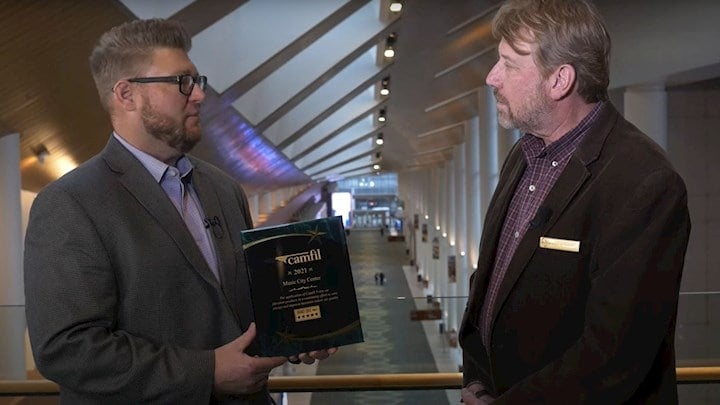Combat the corrosion and irreversible damage caused by pollutant by-products at pulp and paper mills. Prevent equipment failure with Camfil’s molecular filters in a variety of applications.
Even in the digital age, paper and cardboard are essential global commodities. Processing wood and reclaimed waste paper to make pulp and new paper requires the use of aggressive chemicals. These chemicals can corrode process equipment, especially sensitive electronic and electrical process control systems.
When these fail, the result is unplanned shutdowns and loss of process efficiency and profitability.
The primary papermaking processes – pulp and wastepaper bleaching, lignin removal and wastewater treatment – are the source of the following contaminant gases that warrant corrosion control:
The rooms containing electrical and electronic control equipment are ventilated with temperature and humidity conditioned air to achieve the environmental conditions required by the warranty conditions imposed by original equipment manufacturers.
The supply or make-up air will be taken from an external location and the outdoor air may be heavily contaminated with acidic gases. If these gases are not removed before the air enters the room, then the control equipment will be susceptible to damage and, ultimately, failure due to corrosion. Molecular filtration can remove these gases.
The gas concentration in the inlet air may be high – perhaps tens of parts per million (ppm). However, the manufacturer’s warranty typically requires in-room gas concentrations in the very low parts per billion (ppb) range to comply with corrosion class G1 under ISA 71.04-2013. A molecular filter installed in the outdoor supply air system must operate with very high efficiency on a single-pass basis. Importantly, this air, which may account for up to 40% of the total room ventilation rate, is used to positively pressurize the control room to prevent the ingress of fugitive gases. The level of pressurization can be compromised by unnecessary opening of doors and windows, leaks due to construction defects and leaks at cable entry points.
To provide additional protection from fugitive gases, additional molecular filtration can be installed in the return/recirculation air system. Concentrations of gases are much lower in the return air and a filter will operate on a multi-pass basis. A lighter duty filtration solution than that used in the outdoor air system makes a good choice. Sometimes industrial air cleaners make a good choice for both room pressurization and as recirculation systems.
Here’s what Camfil can do for you to meet the challenges of your pulp and paper operations.

Energy Cost Index (ECI) 5-Star Rating System set the standards for air filter performance. The more stars means better air filter performance and higher energy savings. Get recognized for saving energy, shrinking waste, reducing carbon footprint and improving indoor air quality.
Air quality Virus Contamination Control Electronics and optics Education and experience Commercial and public buildings Manufacturing and machinery Sustainability Take a Breath Case studies Food and beverage Life science and healthcareOften the initial purchase price for air filters or dust collectors is just the tip of the iceberg. The true costs for energy, maintenance and disposal are lurking below the surface. To make the most economic decision in the long-run, a detailed calculation considering all the factors will help to reduce your overall expenditure.
Electronics and optics Commercial and public buildings Manufacturing and machinery Standard and regulations Sustainability Food and beverage Life science and healthcareS.Silpa Co., Ltd., Thailand faced constant odor nuisance and high VOC levels in their factory. This is due to the usage of various chemicals in the printing process that generate volatile organic compounds (VOCs) when exposed to heat, such as thinner solutions, alcohols, inks, cleaning solvents, vinyl sheets.
Corrosion of electronic process control equipment can cause disruptions in production leading to lower productivity and lower profitability - this can be expensive to fix.
Molecular Contamination Control (MCC) products remove molecules, gases and vapors from the air that cannot be captured using ordinary particle filters. Molecules are typically 1,000 to 10,000 times smaller than the most penetrating particles that pass through HEPA and ULPA filters.